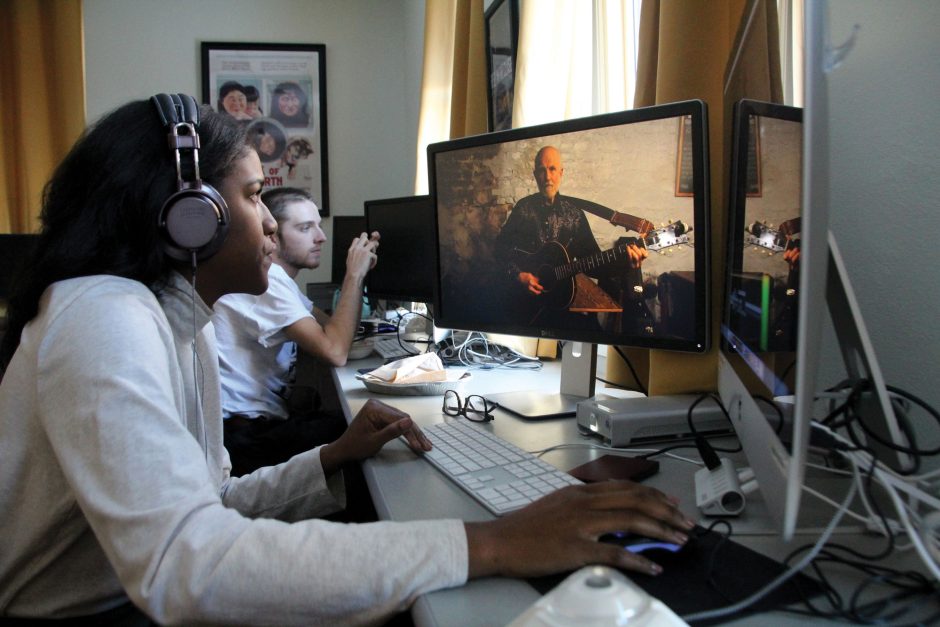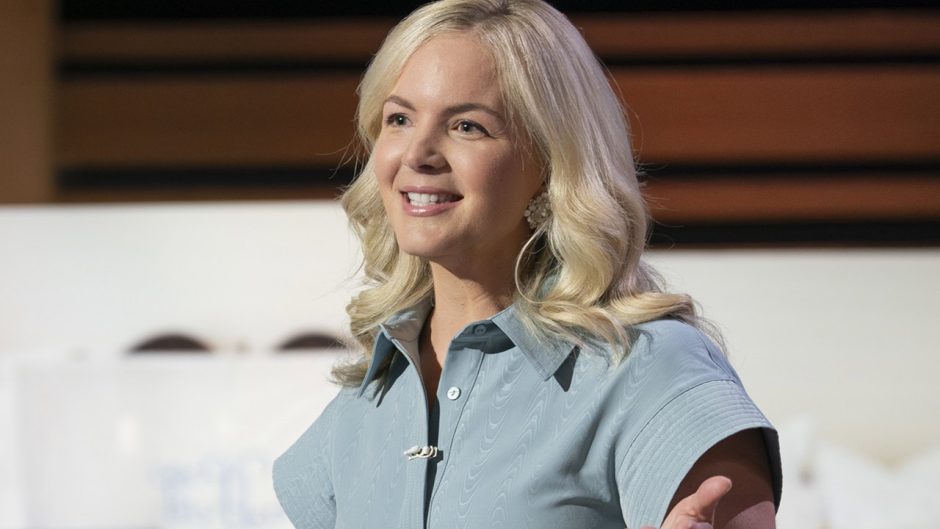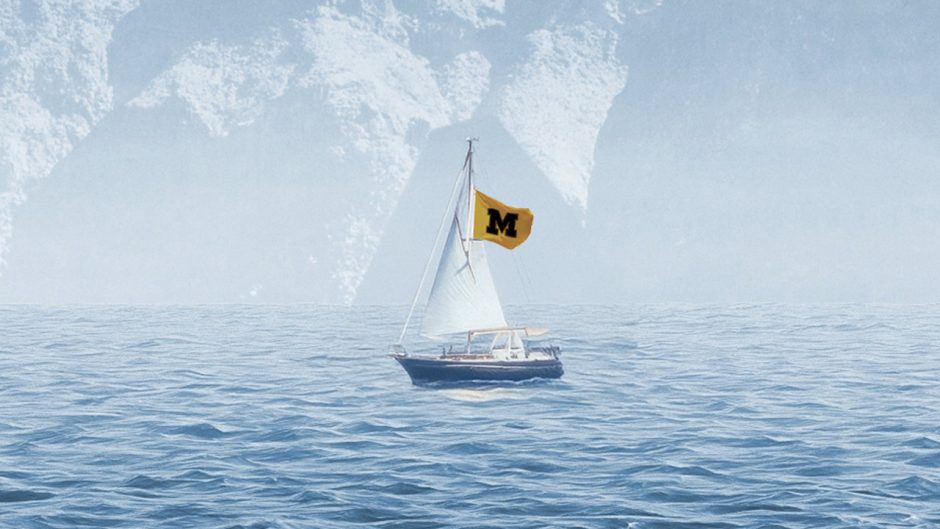
Published on Show Me Mizzou Jan. 10, 2024
Story by Marcus Wilkins, BA ’03
Established in 2014 with a $6.7 million gift from TV and film producer Jon Murray, BJ ’77, the Jonathan B. Murray Center was also made possible in no small part by the True/False Film Fest.
Murray made his fortune helming hits including MTV’s The Real World and Keeping Up with the Kardashians. He also has a passion for documentary filmmaking. When he sought to manifest his generosity in the form of a cutting-edge center at his alma mater, he wasted no time asking fest founders Paul Sturtz and David Wilson to help map it out.
A foundational aspect of the center is its filmmaker-in-chief position, a job held by True/False veteran Robert Greene. Embedded at the School of Journalism, Greene harnesses the Missouri Method by incorporating students in his filmmaking process.
“I’ve involved students as assistant editors, and when I shot my film Bisbee 17, almost the whole crew were students and alumni and they came to Bisbee, Arizona,” Greene says. Being the only person with a creative appointment at the School of Journalism, he adds, “puts good, positive pressure on me to make successful films.”
As the center nears its first decade, alumni are landing jobs in the film industry in New York, Los Angeles and locations in between.
“The Murray Center throws you into the deep end of filmmaking,” says Bella Graves, BJ ’18, who is a camera operator and photography director in New York. “There isn’t overt hand-holding through every step of the filmmaking process and production. The Murray Center provides a framework, but really it’s up to each individual student to explore and pursue their own interests.”
The True/False Film Fest, of course, is an integral part of the spring semester. Students dive in, attending dozens of screenings, interacting with international directors, participating in workshops and panels, and digesting the entire experience with an academic lens.
“The success of the center has far exceeded my expectations,” Murray says. “The whole process by which the program came into existence, led by the late Kent Collins, was so thoughtful — including David and Paul, choosing Stacey Woelfel as its first director, hiring Robert Greene.
Adds Murray, “While not all graduates of the program go into documentary journalism, the skills they master in the program are invaluable in pursuing other careers.”
To read more articles like this, become a Mizzou Alumni Association member and receive MIZZOU magazine in your mailbox. Click here to join.




